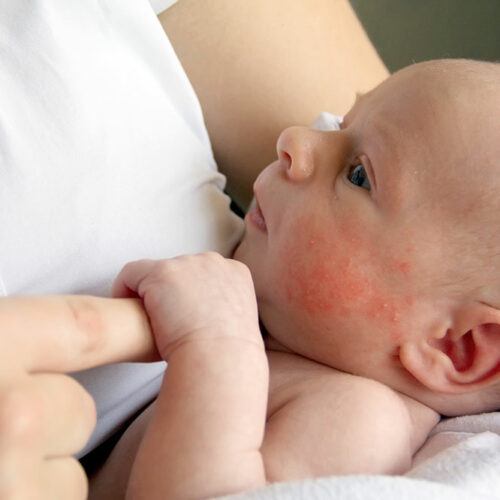5 litter box mistakes to avoid

Besides helping cats stay clean, litter boxes maintain a hygienic home environment. So much so that often, when a cat urinates outside its litter box, it could indicate a health condition. So, cat parents should consult a veterinarian to rule out such issues. However, this change could also mean the cat is not comfortable using the box. In such cases, here are some litter box mistakes one may want to avoid: 1. Not considering the cat’s preferences A cat is typically uncomfortable in a litter box if it is not to its liking. While animals cannot express their tastes and preferences, a trial-and-error method can help cat parents identify what their feline friends like or detest in their litter boxes. For example, some cats may not be comfortable with specific textures, while others may steer clear of certain fragrances. These aspects should be carefully observed until one discovers exactly what their cat likes in its litter. 2. Placing the box in noisy spots Just like humans, cats prefer quiet, peaceful surroundings. Placing the litter box in a noisy environment can make the cat leave the box often. So, one should find a quiet place for the litter. This spot should be away from the kitchen as the noise emitted by cookers, blenders, and other appliances could bother cats.






